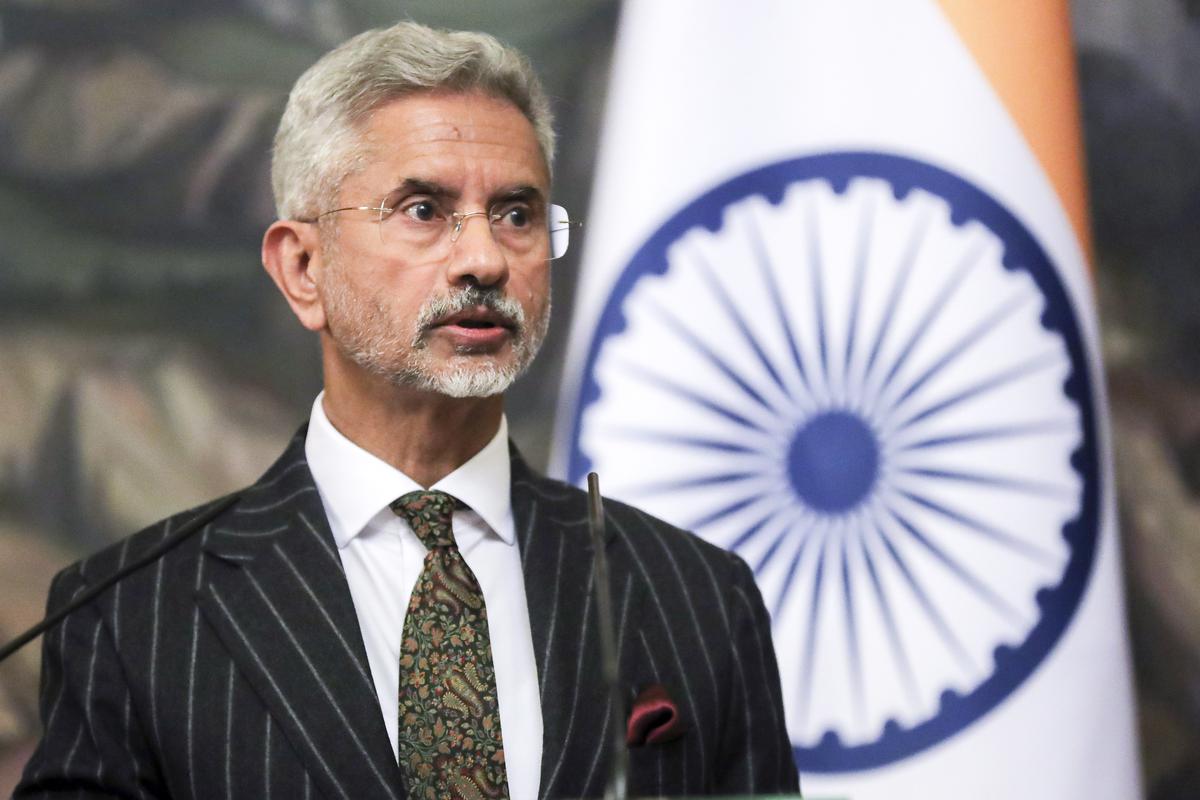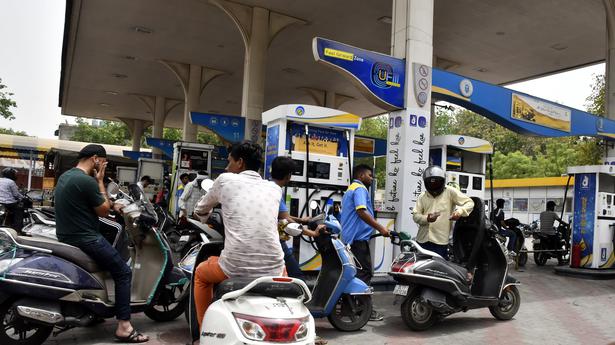What are the primary motivations behind this move? Will the proposed linking increase the scope of the Unified Payments Interface?
What are the primary motivations behind this move? Will the proposed linking increase the scope of the Unified Payments Interface?
The story so far: The Reserve Bank of India (RBI) has proposed to allow linking of credit cards with the Unified Payments Interface (UPI) platform. The move is part of the central bank’s efforts to enhance the scope of UPI. While announcing the move, RBI Governor Shaktikanta Das stated that RuPay credit cards issued by the RBI-promoted National Payments Corporation of India (NPCI) will be enabled first, and will become available after system developments. The UPI, also managed by the NPCI, was first introduced in 2016.
What explains the effort to link credit cards with UPI?
The UPI has, over time, become a popular mode of payment in India with more than 26 crore unique users and five crore merchants on the platform. In May 2022, about 594 crore transactions amounting to ₹10.4 lakh crore were processed through the interface.
At present, the UPI facilitates transactions by linking savings/current accounts through users’ debit cards. It is now proposed to allow linking of credit cards on the UPI platform. This is intended to provide additional convenience to users and enhance the scope of digital payments.
When will the facility be made available?
This facility would be available after the required system development is complete. The RBI will issue necessary instructions to NPCI separately to facilitate the change. To begin with, the indigenous RuPay credit cards would be linked to the UPI platform. It is likely to be followed by other card networks such as Visa and MasterCard that would bring in more users.
What is the benefit of this provision?
The arrangement is expected to provide an additional avenue for payment to customers and hence enhance convenience. The linking of credit cards to UPI has been proposed to further deepen the reach and usage of credit cards.
Why do authorities expect this move to spur the use of credit cards?
It is expected to bolster transactions and acceptance at more merchant sites. People who generally prefer to pay by credit card so as to avail of a longer pay-back period or loans on credit-card outstanding, or who do not wish to touch their savings at the moment of purchase, can pay using credit cards via UPI.
Currently, many merchants do not have credit card point-of-sale (PoS) terminals especially in semi-urban and rural areas but a significant number do have the QR code-based UPI acceptance facility. Now, they too will be able to accept credit payments via UPI without needing a PoS device.
Linking of credit cards with UPI is likely to increase the use of such cards in small-ticket-size payments, as it would provide users with more options to pay from. The move will provide a significant boost to overall spending via credit cards — currently, spending through the use of credit cards is more than double the average spend via debit cards. More spending is generally a force multiplier for the economy.
Besides accelerating digital transactions this measure is also expected to affect the average ticket size of financial transactions. Currently the average ticket size per transaction is ₹1,600 while it is ₹4,000 in credit cards. So, with the new development the UPI transaction ticket size is likely to go up to somewhere around ₹3,000 to ₹4,000, analysts claim. Many people use credit cards for rewards and benefits and UPI for its convenience & security. The new provision of linking credit cards to UPI brings both these advantages together.
Kirana stores where credit cards are not accepted would likely find it convenient to accept credit card payments through UPI.
Will a merchant discount rate be applicable for these payments?
There is no word yet on the merchant discount rate (MDR) applicable on transactions using credit card numbers via UPI, other than for RuPay, which attracts no such charge. Today, since foreign card issuers such as Visa and MasterCard have a lion’s share of the credit card network business, part of the fees goes to them. However, the Indian government has shown its intent to promote the indigenous RuPay card system. It remains to be seen if it indeed does turn out more economical for merchants to accept payments from users with credit cards from foreign issuers.
THE GIST
The Reserve Bank of India has proposed to allow linking of credit cards with the Unified Payments Interface platform.
The UPI has become a popular mode of payment in India with more than 26 crore unique users and five crore merchants on the platform.
Linking of credit cards with UPI is likely to increase the use of such cards in small-ticket-size payments, as it would provide users with more options to pay from. The move will provide a significant boost to overall spending via credit cards.





